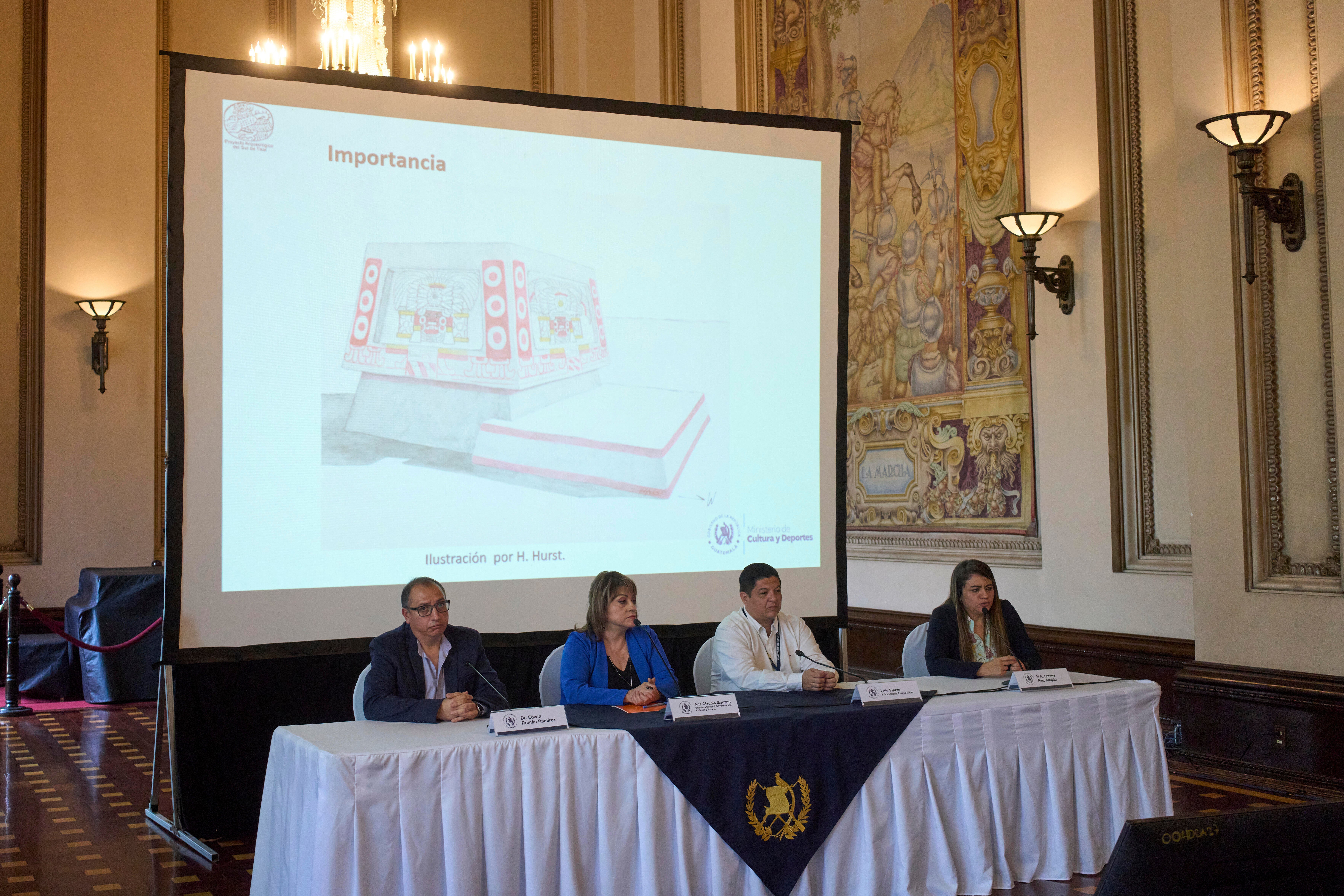A Teotihuacan altar, which archaeologists believe was used for sacrifices, has been unearthed in Tikal National Park in Guatemala, the centre of Mayan civilisation, shedding new light on the interactions between the two ancient cultures.
The discovery, announced by Guatemala’s Culture and Sports Ministry, was made within the ancient city of Tikal – an enormous city-state which battled for centuries with the Kaanul dynasty for dominance of the Maya world.
Far to the north in Mexico, just outside present-day Mexico City, Teotihuacan – “the city of the gods” or “the place where men become gods” – is best known for its twin Temples of the Sun and Moon. It was actually a large city that housed over 100,000 inhabitants and covered around eight square miles (20 square kilometres).
The still mysterious city was one of the largest in the world at its peak between 100 B.C. and A.D. 750. However, it was abandoned before the rise of the Aztecs in the 14th century.
Lorena Paiz, the archaeologist who led the discovery, said that the Teotihuacan altar was believed to have been used for sacrifices, “especially of children.”
It took archaeologists one and a half years to uncover the altar in a dwelling and analyse it before the announcement.
“The remains of three children not older than four years were found on three sides of the altar,” Paiz said.
“The Teotihuacan were traders who traveled all over the country (Guatemala),” Paiz said. “The Teotihuacan residential complexes were houses with rooms and in the centre altars; that’s what the residence that was found is like, with an altar with the figure representing the Storm Goddess.”

Edwin Román, who leads the South Tikal Archaeological Project within the park, said the discovery shows the sociopolitical and cultural interaction between the Maya of Tikal and Teotihuacan’s elite between 300 and 500 A.D.
Román said the discovery also reinforces the idea that Tikal was a cosmopolitan centre at that time, a place where people visited from other cultures, affirming its importance as a centre of cultural convergence.
María Belén Méndez, an archaeologist who was not involved with the project, said the discovery confirms “that there has been an interconnection between both cultures and what their relationships with their gods and celestial bodies was like.”
“We see how the issue of sacrifice exists in both cultures. It was a practice; it’s not that they were violent, it was their way of connecting with the celestial bodies,” she said.
The altar is just over a yard (1m) wide from east to west and nearly 2 yards (2m) from north to south. It is about a yard (1m) tall and covered with limestone.
The dwelling where it was found had anthropomorphic figures with tassels in red tones, a detail from the Teotihuacan culture, according to the ministry’s statement.
Tikal National Park is about 325 miles (525 kilometres) north of Guatemala City, the site is guarded and there are no plans to open it to the public.














